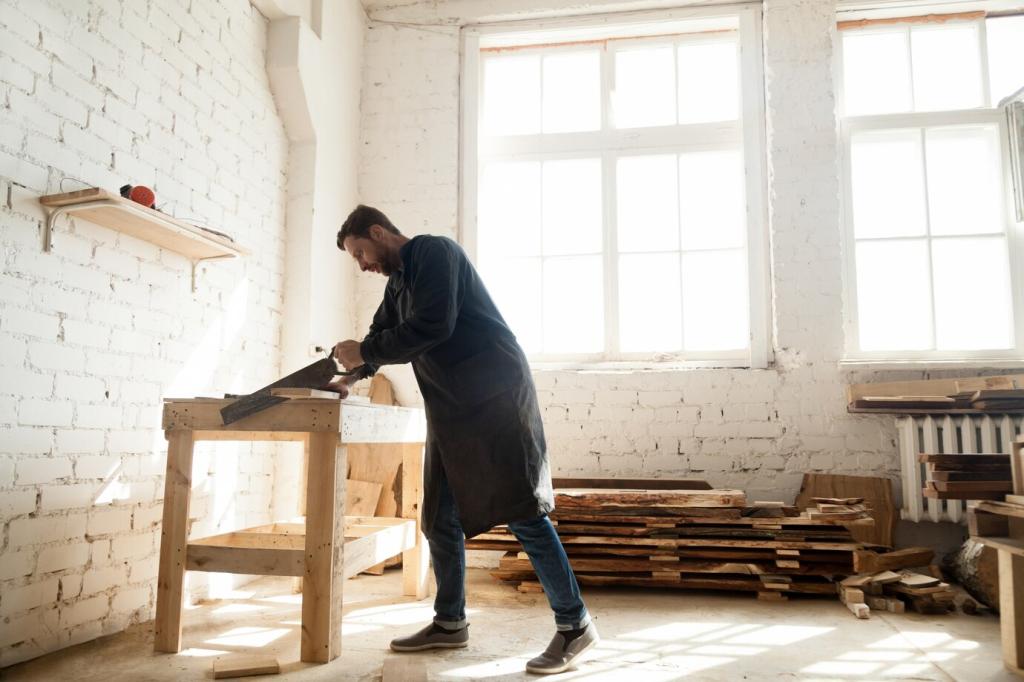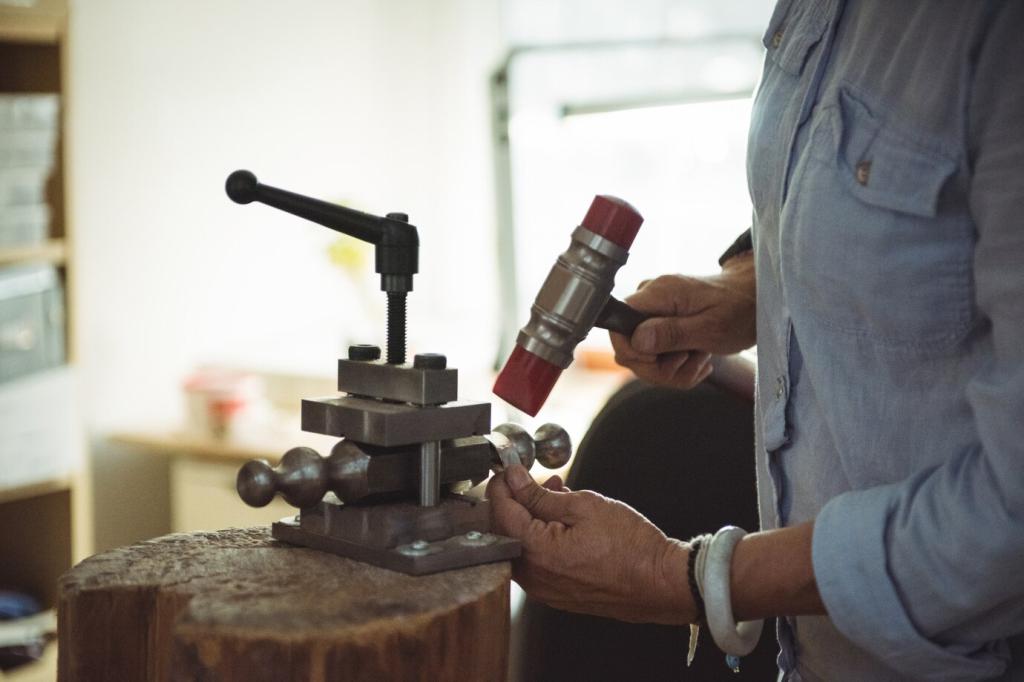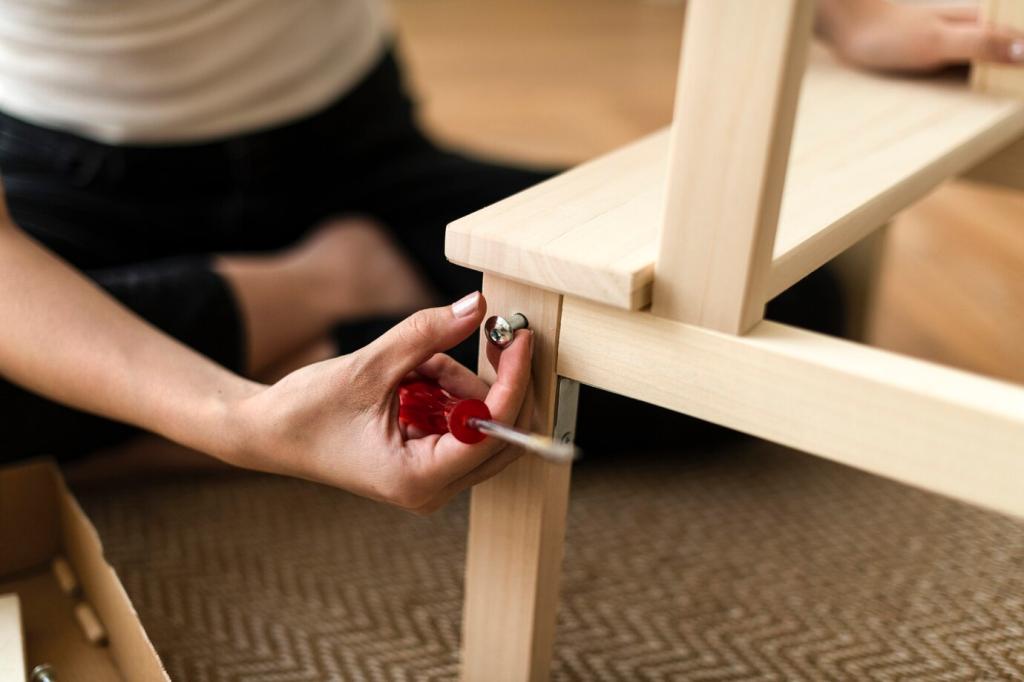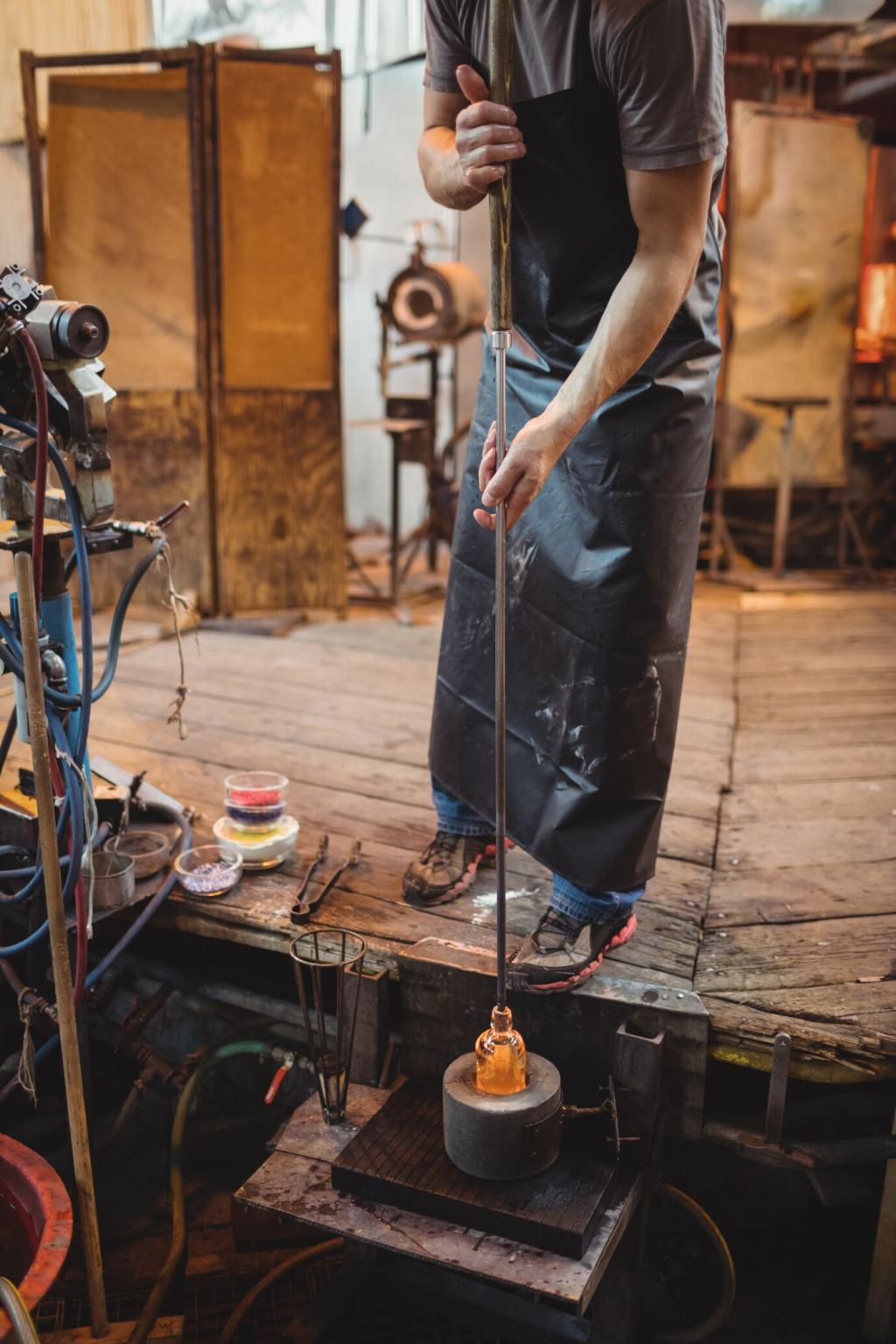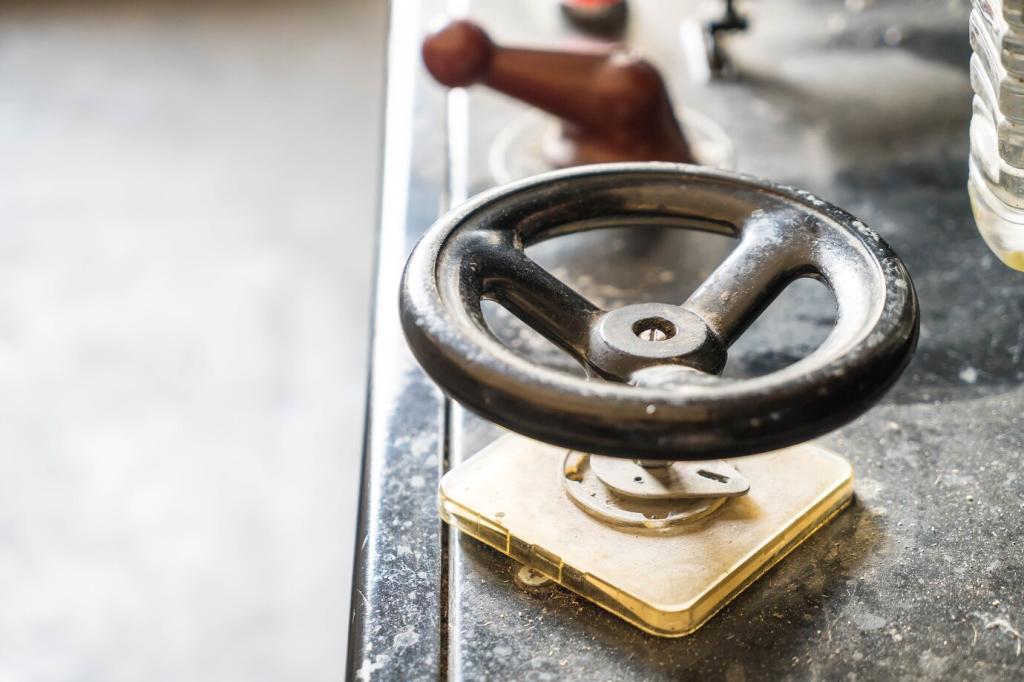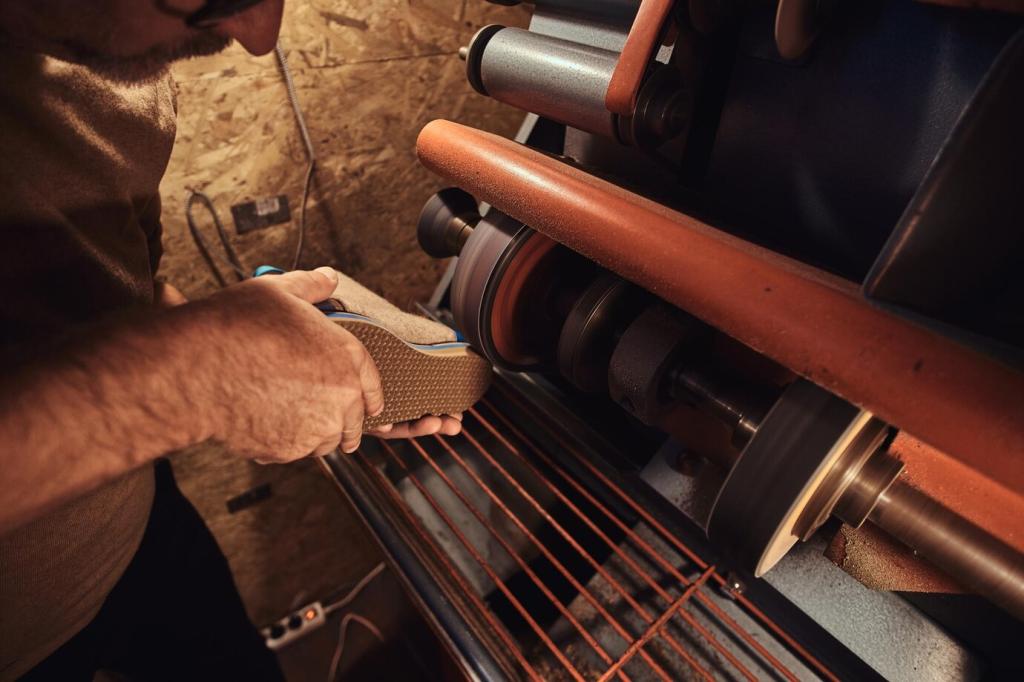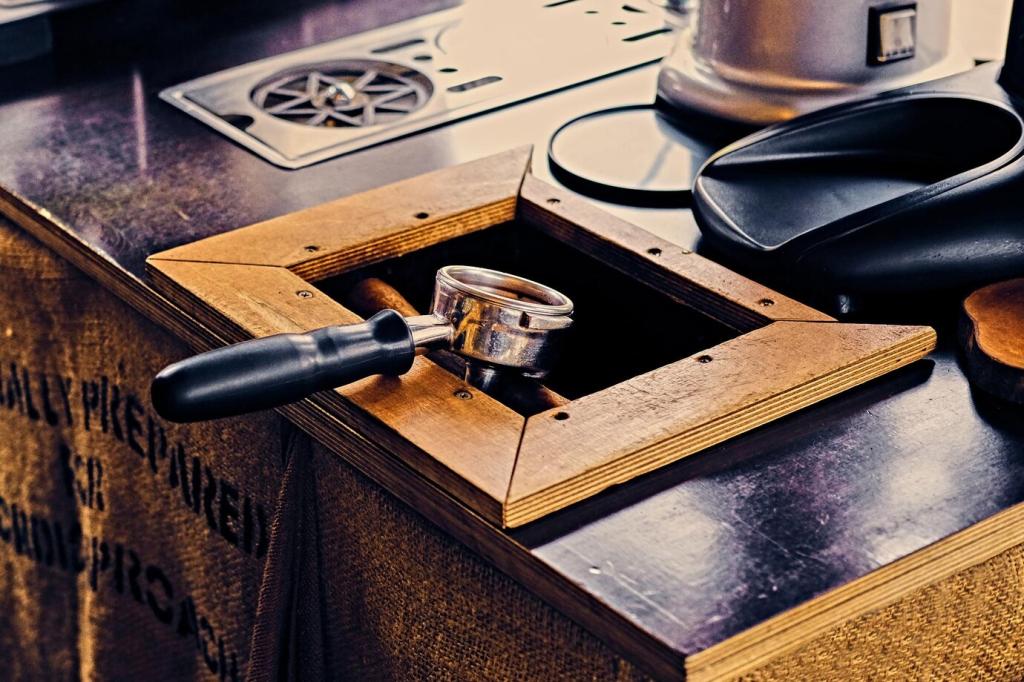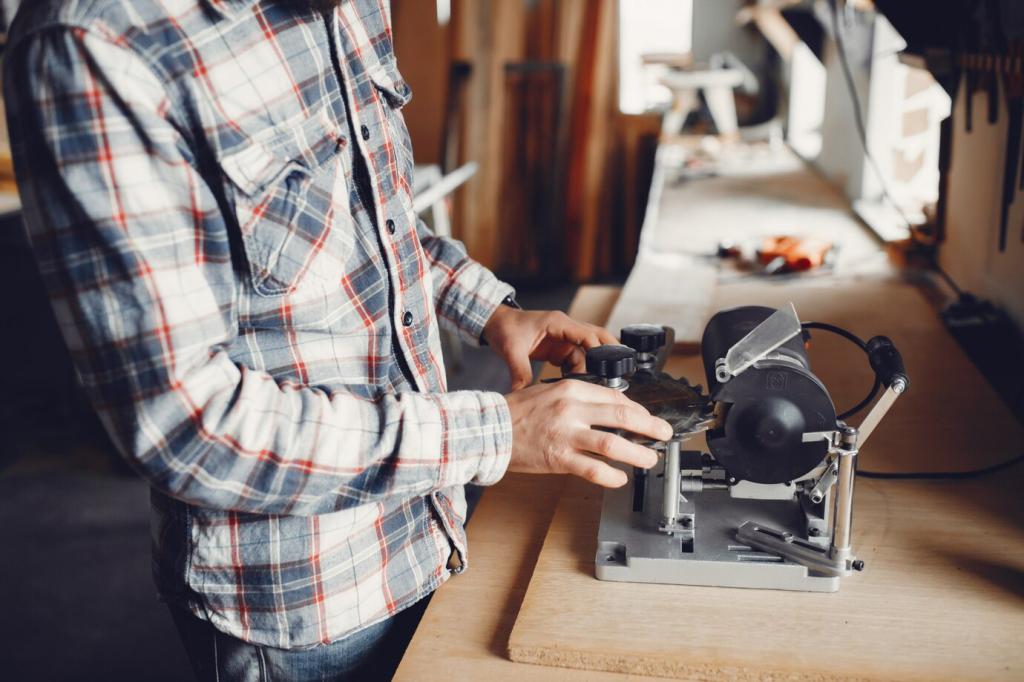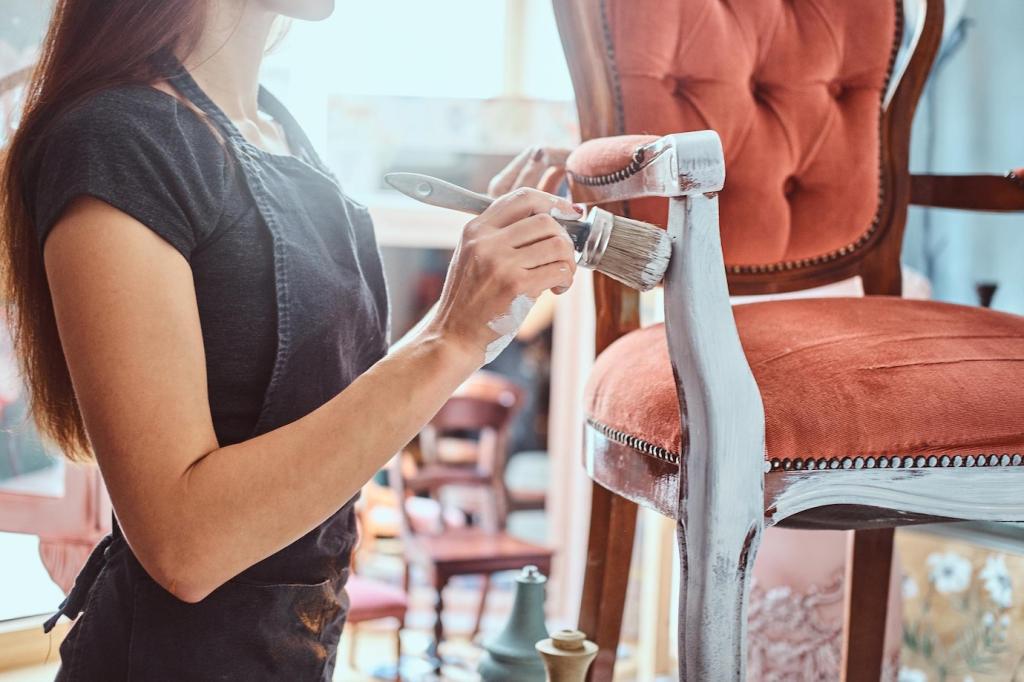Patching Missing Veneer Invisibly
Select donor veneer that matches species, color cast, and figure—cathedral, curl, or straight grain. Rotate and flip samples to align growth patterns and chatoyance. Good matching is half the magic, reducing color correction later and preserving the piece’s original rhythm.
Patching Missing Veneer Invisibly
Tape your donor over the loss and cut both layers simultaneously for a perfect seam. Bevel edges slightly to avoid sinking shadows. Mark orientation lines, dry-fit twice, then glue and press. Ask the community for feedback on tricky corners or marquetry edges.

